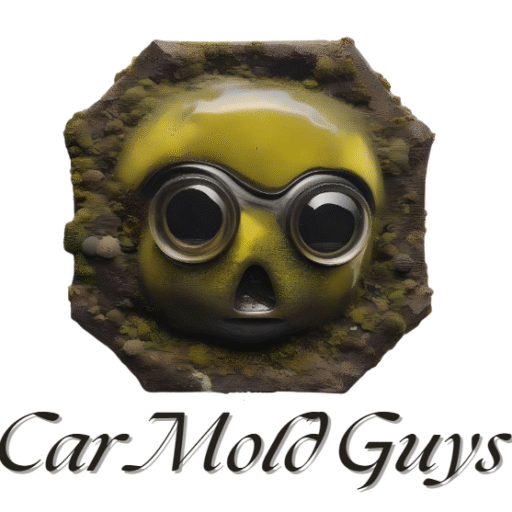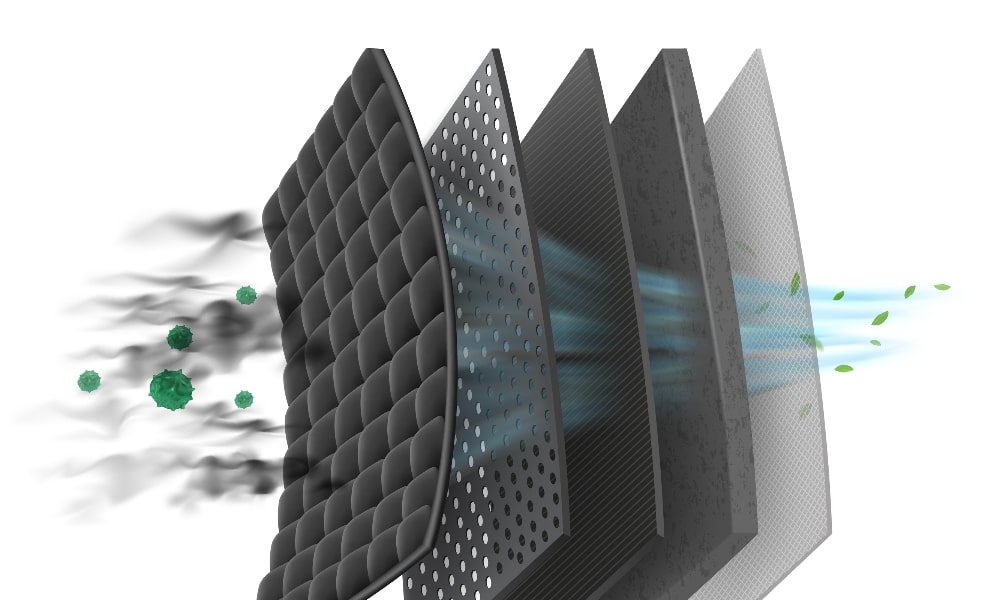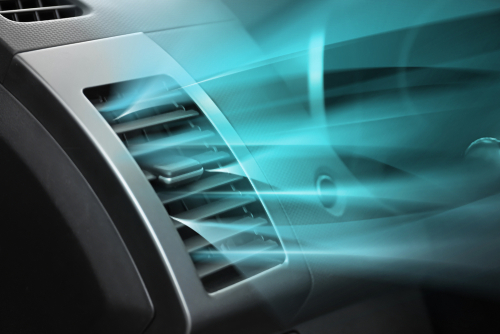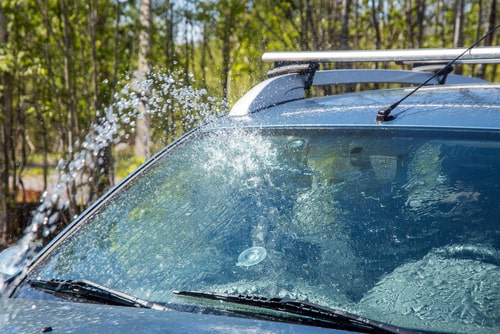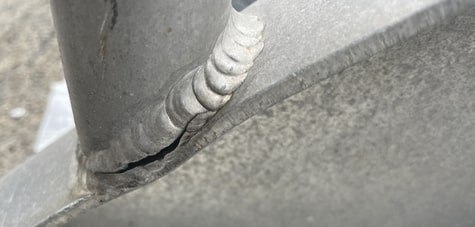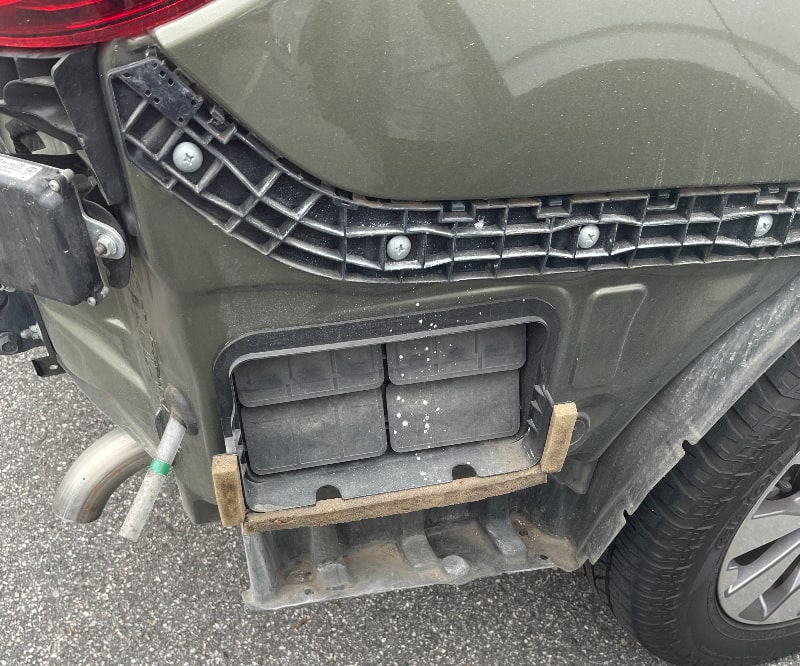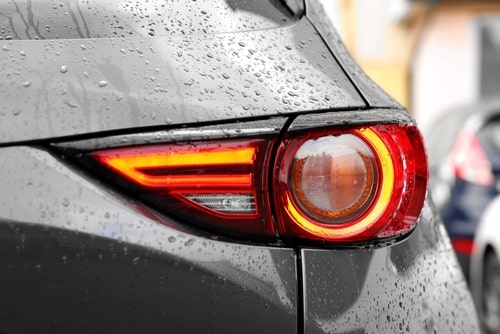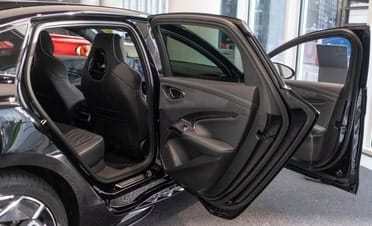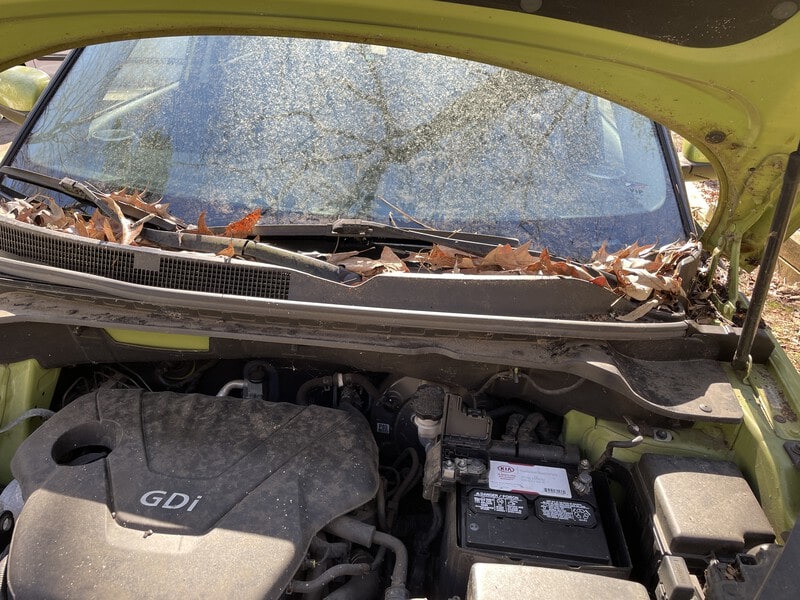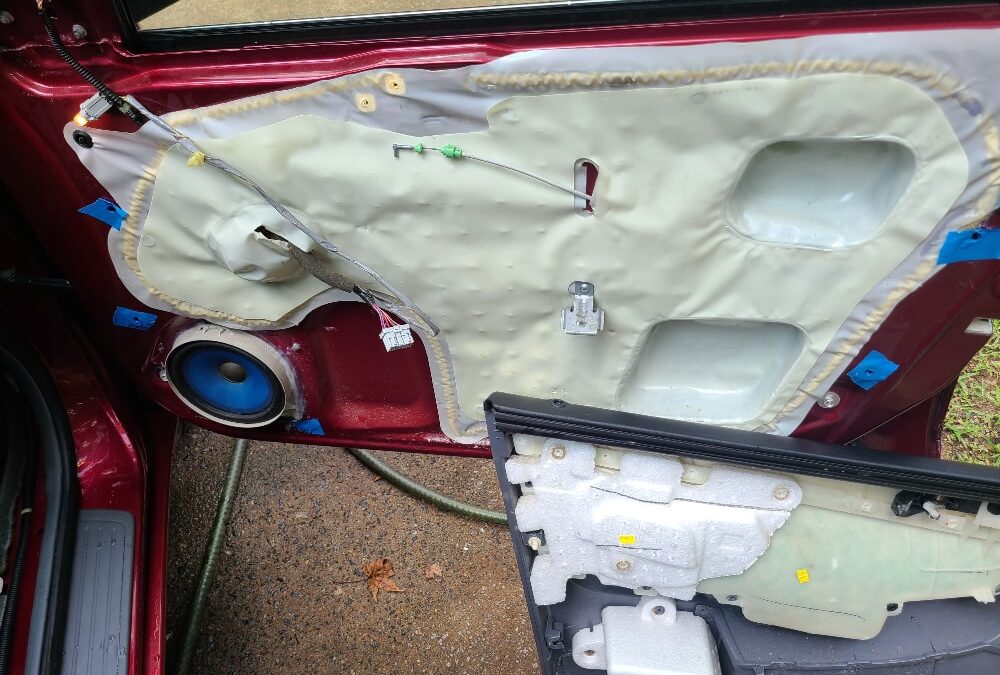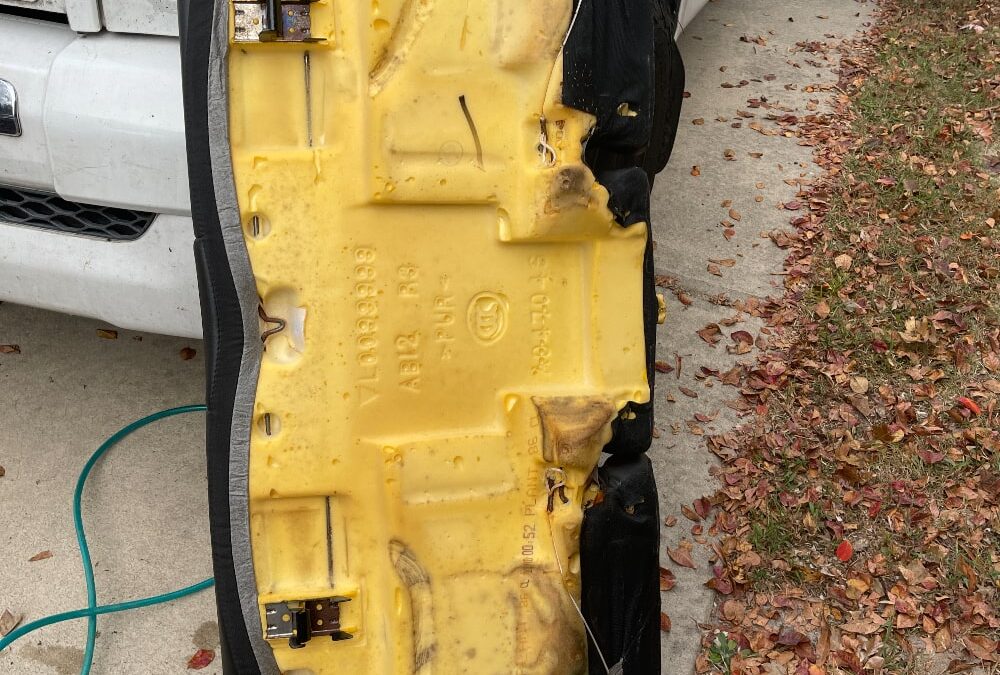
How does mold grow on inorganic surfaces
Mold typically requires specific conditions to grow, even on inorganic surfaces. While mold itself cannot directly metabolize inorganic materials, it can thrive on these surfaces if they provide the right environment and nutrients. Here’s how mold grows on inorganic surfaces:
1. Presence of Organic Matter
- Nutrient Source: Inorganic surfaces (like metal, glass, plastic, or concrete) do not provide the nutrients mold needs. However, organic matter—such as dust, dirt, grease, or biofilms—can accumulate on these surfaces, serving as a food source for mold.
- Common Sources: Spills, fingerprints, cooking residues, or environmental grime can provide the organic compounds necessary for mold growth.
2. Moisture
- Mold requires moisture to grow. Inorganic surfaces, especially those that are non-porous, can accumulate moisture from:
- Condensation: Caused by temperature differences between the surface and surrounding air.
- Leaks: Plumbing issues, roof leaks, or other water intrusions.
- High Humidity: Humid environments can make even non-porous surfaces conducive to mold growth.
3. Temperature
- Mold grows best in warm temperatures, typically between 60°F and 80°F (16°C–27°C), though some molds can grow in cooler or warmer conditions.
4. Lack of Ventilation
- Poor air circulation can lead to moisture buildup and stagnant conditions, which promote mold growth.
5. Porosity or Surface Texture
- Some inorganic materials, such as unglazed concrete, brick, or plaster, have porous structures that can trap moisture and organic particles.
- Smooth surfaces like glass or stainless steel are less prone to mold growth unless they remain wet and dirty for extended periods.
6. Spore Settlement
- Mold spores are airborne and can land on any surface. When they find a suitable environment with moisture and nutrients, they germinate and form colonies.
Examples of Mold Growth on Inorganic Surfaces
- Bathroom Tiles: Mold can grow in grout lines and on tiles due to soap scum (organic matter) and moisture.
- Air Conditioning Ducts: Dust and condensation inside ducts create a favorable environment.
- Metal Surfaces: In damp, dusty environments, mold may grow on unpainted or dirty metal.
Prevention Tips
- Keep Surfaces Clean: Regularly remove dust and organic residues.
- Control Moisture: Fix leaks, improve ventilation, and use dehumidifiers to reduce humidity levels.
- Dry Surfaces Promptly: Wipe away condensation or water spills immediately.
- Use Mold-Resistant Products: Apply mold-resistant coatings or sealants to porous surfaces.
By managing these factors, you can minimize the risk of mold growing on inorganic surfaces.
